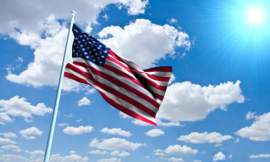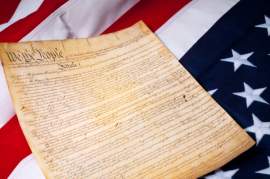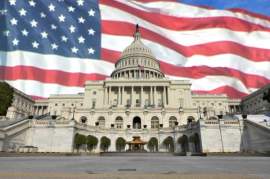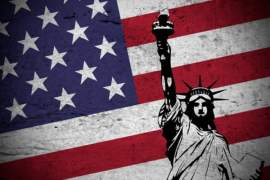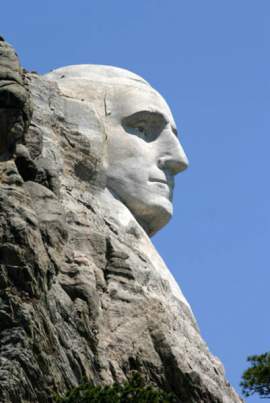
Supreme Courts Criticisms Overview

Popular In Constitution
Purpose Of Lifetime Appointment And Pros And Cons Enumerated Powers Bicameral Legislature Background Article 3 Of The Constitution We The People 1st Amendment Who Wrote The Constitution Judicial Review Equal Protection Clause Three Fifths Compromise 10th Amendment 5th Amendment
The Supreme Court of the United States is the highest judicial body operating in the United States, consisting of nine total Justices (one Chief Justice and eight Associate Justices), whom are nominated by the President and voted into office by the Senate. The Supreme Court was designed to include non-elected officials in order to distinguish itself from and keep in check the legislative and executive branches. According to the inscription outside of the Supreme Court Building, "It is emphatically the province and duty of the judicial department to say what the law is." This was determined in the case of Marbury v. Madison.
Much of this power is given to the Court through a
system of trust, that they will interpret and uphold the law of the United
States, as well as declare unreasonable laws as unconstitutional to a certain
extent. With this power, however, comes inevitable criticism for each landmark
Supreme Court ruling that has been made to help redefine American law, in
addition to their questionable system of procedures. Aside from becoming the
arbiter of the Constitution, the case of Martin v. Hunter's Lessee received a Supreme
Court ruling that gave itself the power to decide if a State's interpretation
of Federal law is correct.
The main criticism faced by the Supreme Court of
the United States is the struggle between judicial activism and judicial
restraint. The Court is given the power to strike down any Federal law created
by Congress which it deems as unconstitutional, moving outside of
Constitutional borders, and it has practiced this many times throughout the
years.
Many people
believe that the Court was established merely to interpret the law, while only
striking down laws in rare cases which extend beyond obvious bounds of
rationality. Supreme Court Chief Justices have been accused of using judicial
activism when declaring rational laws on the basis of their own beliefs, rather
than using the guidelines of the Constitution.
The Supreme Court had some of its more turbulent
times of criticism during the Civil War Era, when the nation's ideals were
largely divided between the North and the South, and also during the Civil
Rights Era, a time when great strides of civil liberty were made by African
Americans. While the United States Government was slowly establishing new
territories westward which explicitly prohibited slavery, Supreme Court
decisions, such as Dred Scott v. Sandford upheld
slavery.
Years later,
further decisions pertaining to racial ethics also proved to become
controversial landmark Supreme Court decisions, once again proving that the
Court was a step behind the evolving nature of the United States Constitution.
Another debate in which the Supreme Court
perpetually deals with is State versus Federal power. The writers of the
Constitution, including James Madison and Alexander Hamilton, claimed in the
Federalist Papers that their Constitution structure would ensure that the power
of the State governments would not be infringed upon.
Many believe that the states should be free to operate within the broad guidelines of the U.S. Constitution, enforced by the central Federal Government. The Supreme Court, however, has been accused of providing too much power to the Federal Government to supersede state power. In addition, the Commerce Clause has been used by the Supreme Court as a way to regulate matters which have little to do with interstate commerce, as the Clause was originally designed for.
NEXT: Understanding the History of the Supreme Court




